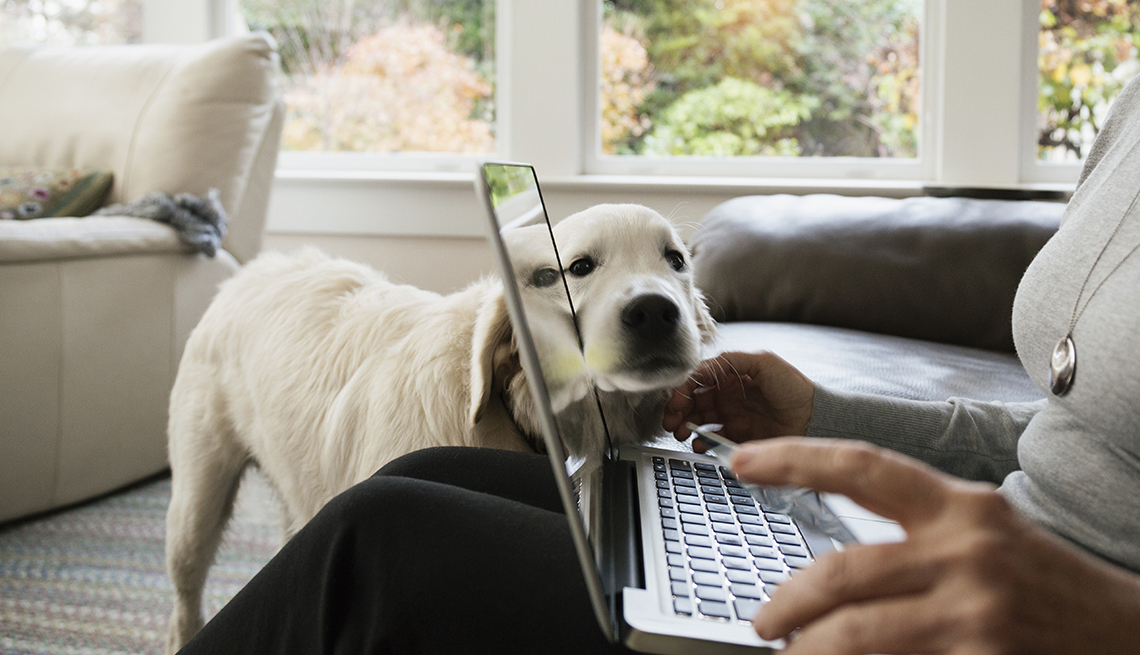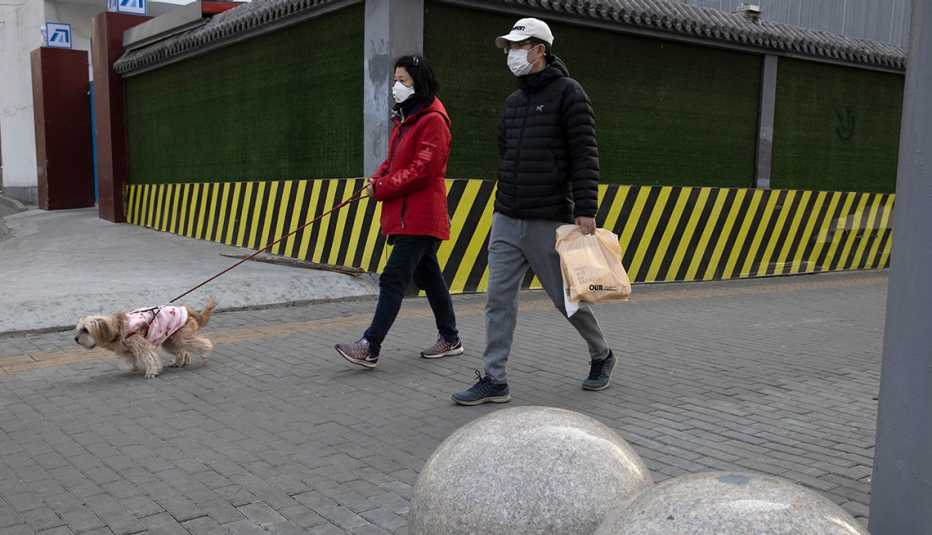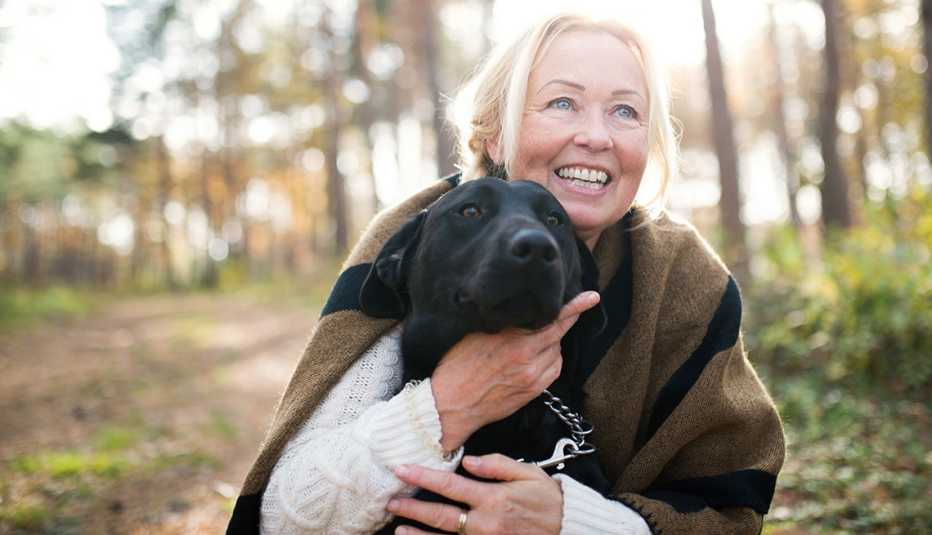Staying Fit
For older adults and those with underlying health conditions facing the difficult choice between risking a trip to the vet or foregoing treatment for a sick pet, there's good news. The Food and Drug Administration has temporarily suspended the enforcement of rules that prohibited veterinarians from prescribing certain medications after a televisit alone. A 2019 poll sponsored by AARP found that 55 percent of adults ages 50 to 80 own at least one pet.
Here's how it works: An owner might send the vet a video or photo of the pet, for example, and have a video chat about the symptoms. The same goes for the owners of livestock. After making a remote diagnosis, the vet can then write an order for certain prescription drugs, something that wasn't allowed in the past without examining the animal in person.


AARP Membership— $12 for your first year when you sign up for Automatic Renewal
Get instant access to members-only products and hundreds of discounts, a free second membership, and a subscription to AARP the Magazine.
The steps announced March 24 by the FDA were triggered by the pandemic. The changes should let vets make greater use of telemedicine to maintain the health of household and farm animals, while heeding the call for social distancing — including staying six feet apart from others — to slow the human-to-human spread of COVID-19, the illness caused by the new coronavirus.
Fine print of the FDA decision
At the heart of the change is the ability for a vet to prescribe what's known as an “extralabel” prescription drug without an in-person exam of an animal. Extralabel use could apply to, say, an antibiotic such as Cephalexin that's FDA-approved only for human use. Extralabel use also means prescribing a drug for a condition or disease for which the FDA has not authorized its use.
The Veterinarian-Client-Patient Relationship explained:
- “V"= vet
- “C"= client, meaning animal owner or caretaker
- “P”= patient, meaning the animal
- “R” = these three parties’ relationship
The FDA says it specifically plans to temporarily suspend enforcement of some federal rules in the context of what's called the veterinarian-client-patient relationship, or VCPR.
Until now, rules on prescribing extralabel drugs required vets to first physically examine the animal and/or make medically appropriate and timely visits to the location where the animal is kept. That precluded prescribing such drugs via only a televisit.
To help vets use telemedicine to address animal health during the pandemic, the FDA says that, generally speaking, it does not intend to enforce the animal examination and premises visit portion of its rules on extralabel drug use in animals and veterinary feed directive (VFD) drugs. The change will limit human-to-human interaction and the potential spread of COVID-19, the agency says.
One caveat: If state regulations on extralabel drug use are stricter than the federal rules, the state rules remain in force.






































































